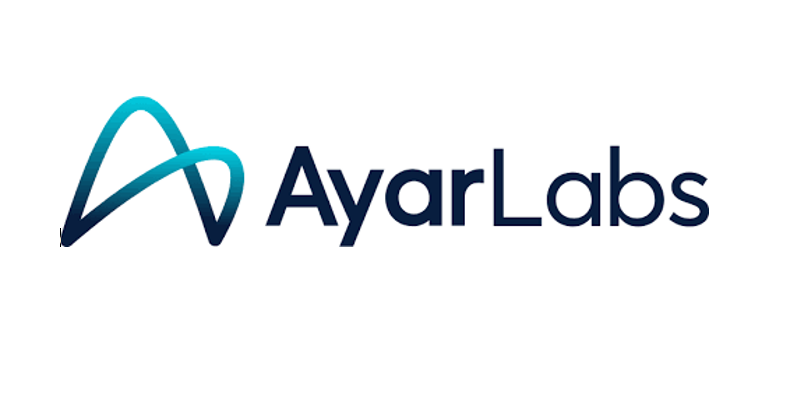[SPONSORED GUEST ARTICLE] AI is evolving at breakneck speed while the infrastructure supporting these advances struggles to keep pace. With projected spending on AI infrastructure exceeding $1 trillion in the coming years*, a critical question arises: Does this massive investment justify the ROI?
One of the core issues lies in the interconnect bottleneck at the chip level, which significantly impacts the unit economics of AI applications. Traditional copper-based electrical interconnects and pluggable optics are failing to effectively scale compute advancements from the package to the cluster in today’s AI infrastructure, resulting in inefficiencies, higher power consumption, and escalating costs.
Breaking the Bandwidth Distance Bottleneck
Current AI infrastructure limitations stem from two primary factors:
- Memory Bandwidth: Determines the time required to load attention cache and model weights from memory to GPU.
- Scale-Up Fabric: Dictates the time needed to communicate activations between expert/tensor parallel GPUs.
These constraints create a significant hurdle for GenAI inference, limiting both profitability and the responsiveness of models (often referred to as interactivity). To overcome these challenges, hardware builders need to dramatically improve the cost-effective throughput of AI systems. Otherwise, the industry risks heading toward a Dot-Com style crunch.
Scaling GenAI inference performance requires increasing the number of GPUs or accelerators working in parallel within the scale-up domain. In-package optical I/O offers a path forward by breaking the bandwidth distance bottleneck that limits electrical I/O.
Optical I/O: A Path to Profitability
Optical I/O-based scale-up fabrics significantly improve application-level performance for both inference and training tasks by optimizing throughput, interactivity, and profitability metrics. Unlike traditional electrical I/O, which necessitates closely packed components and creates power density challenges, optical I/O scales infrastructure more effectively. It allows data center operators to deploy more GPUs or accelerators per rack, connecting them through optical I/O for enhanced performance without increasing power per rack.
Key Figures of Merit for AI Infrastructure
To quantify the impact of optical I/O, Ayar Labs has introduced three critical figures of merit for large-scale AI:
- Throughput: Number of users divided by time per output token.
- Interactivity: Responsiveness of an AI model, defined as one divided by time per output token.
- Profitability: Throughput divided by cost and power, this metric provides insight into the cost structure and potential for applications to achieve profitable headroom.
Ayar Labs has developed a system architecture simulator to predict AI inference application-level performance. It considers model specifications, technology components, algorithm details, network fabric, and cost, producing accurate figures of merit for various AI models and GPUs.
The simulator has revealed the potential impact of optical I/O on AI workloads. For current GPT-4 models (with approximately 1.8 trillion parameters), optical I/O can improve profitability by 6x and interactivity by 4x for both batch and human-to-AI inference workloads. For future GPT-X models (with an estimated 14 trillion parameters), optical I/O has the potential to increase profitability by 20x while improving interactivity by 3-4x.
A New Era of AI Infrastructure
While GenAI may currently be falling short of both consumer and investor expectations, the path to profitability is within reach. Optical I/O represents a paradigm shift in AI infrastructure, addressing the critical bottlenecks of traditional electrical interconnects and dramatically improving the unit economics of AI applications. By enhancing throughput, interactivity, and profitability, optical I/O offers a path to more economically viable and scalable AI systems.
For data center operators and AI application developers, this opens the door to possibilities beyond today’s human-to-AI interactions. It introduces the possibility of machine-to-machine multi-agentic interactions, where multiple AI copilots or agents can communicate with one another to tackle complex tasks. Those at the forefront of adopting optical I/O technology will be best positioned to capitalize on the next wave of AI innovations.
To dive deeper into these cutting-edge solutions, Ayar Labs invites you to join our upcoming webinar. While this article focused on interconnect bottlenecks, the webinar panelists will also explore problems and solutions related to compute and memory bottlenecks.
Unlocking the Future of AI Infrastructure: Breaking Through Bottlenecks for Profitability and Performance
Thursday, Oct. 24, 2024, 12-1 PM Eastern Daylight Time/9:00-10 AM Pacific Daylight Time
Join moderator Timothy Prickett Morgan from The Next Platform and a panel of industry experts as they explore solutions designed to break through the limits of today’s infrastructure, maximizing throughput and interactivity while reducing energy consumption. Discover the strategies that will shape the future of AI hardware and turn massive investments into lasting profitability. Register Now

